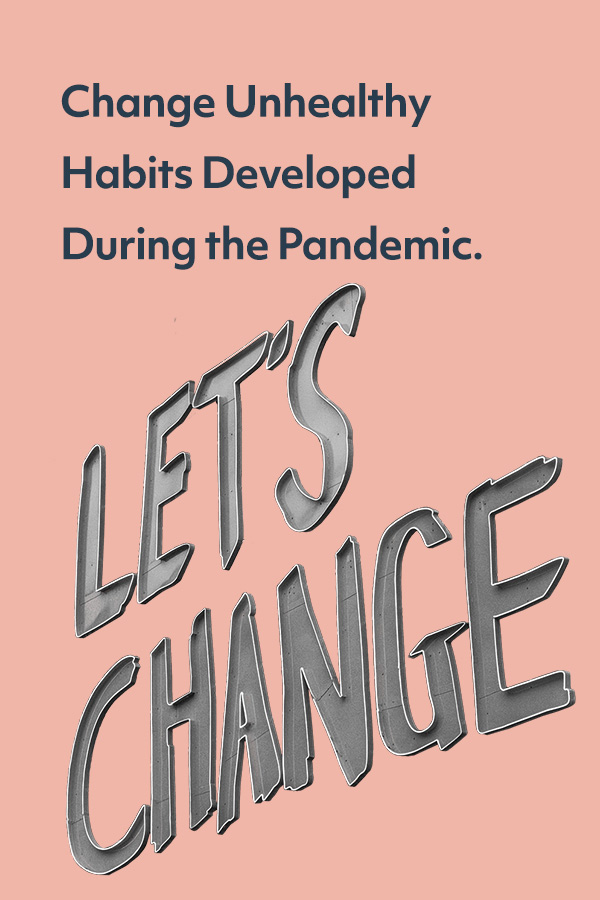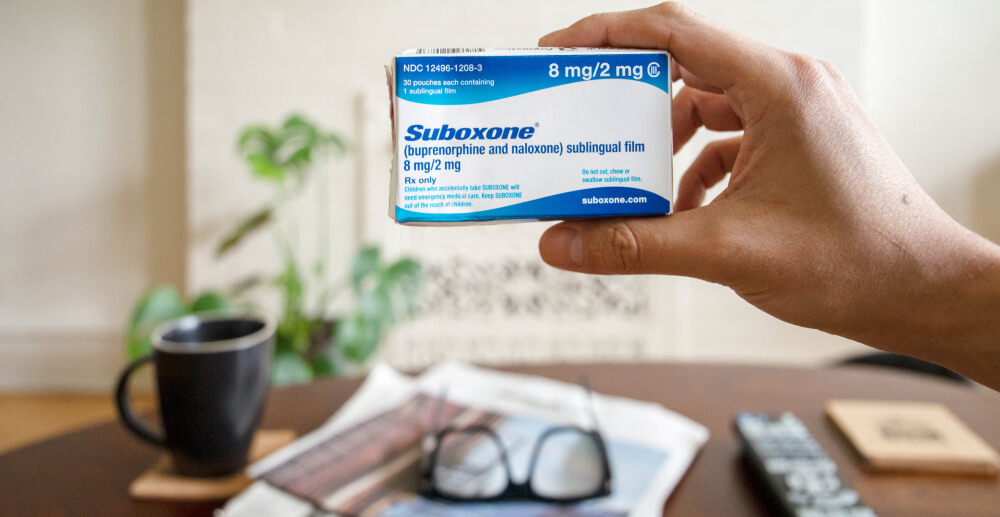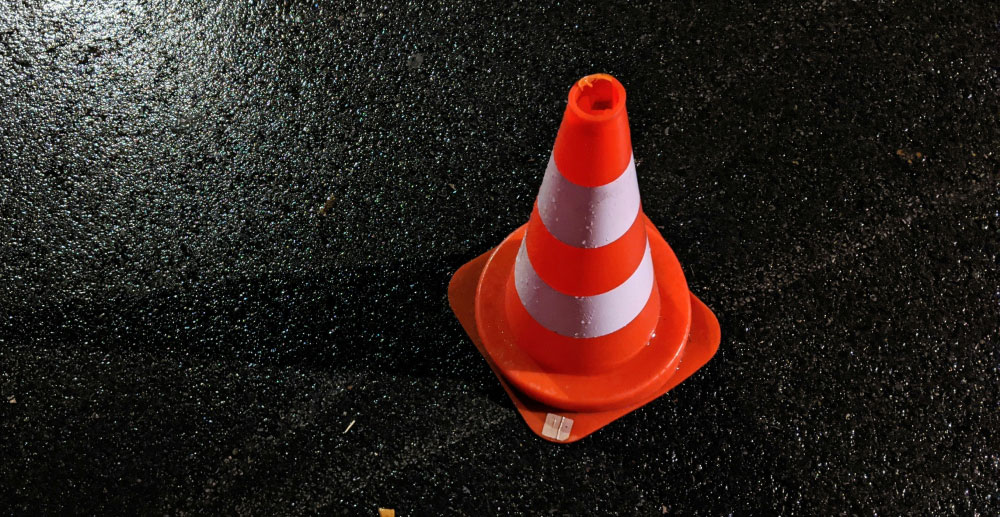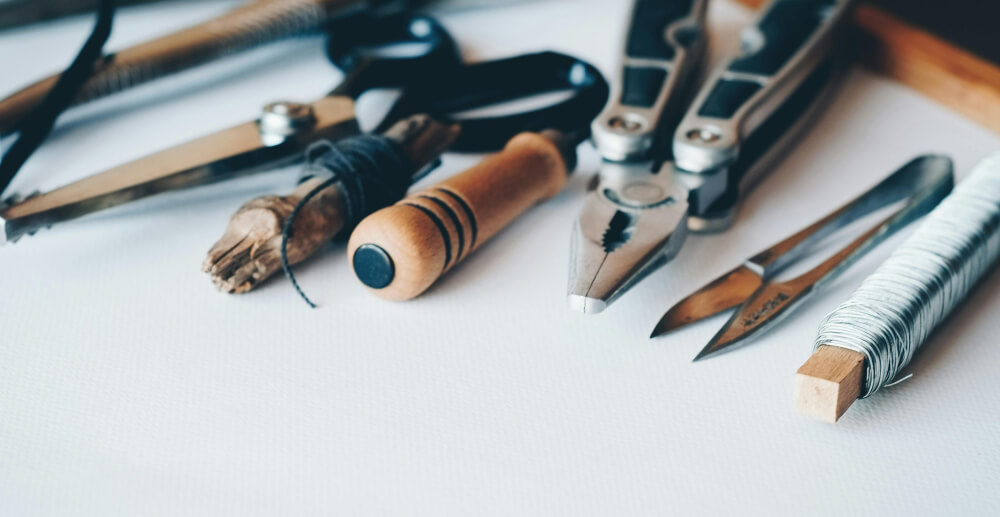Getting into habits is easier than getting out of them. Here’s how to change unhealthy habits developed during the pandemic.
For most of us, the time since early 2020 has been a huge divergence from everything that came before. Whether we were sheltering in place or working the front lines, our day-to-day lives have been disrupted in unprecedented ways. And that disruption has had a major impact on the mental health and overall wellness of the population. A Blue Cross Blue Shield survey found that the prevalence of major depressive disorder had increased by 61.5% over pre-pandemic levels, and anxiety by 38.6%. In the midst of all of this change and stress, many people have developed unhealthy habits. Now more and more regions are seeking a “return to normalcy” by lifting pandemic restrictions and guidelines, it’s important to address these unhealthy habits and try to correct them.
How do you change a habit anyway?
Habit can be a surprisingly powerful force in our lives, keeping us stuck in patterns of thoughts, emotions, and behaviors. Way back in 1903, habit was defined in the American Journal of Psychology as “a more or less fixed way of thinking, willing, or feeling acquired through previous repetition of a mental experience.” ”More or less fixed” means stuck. Entrenched. Resistant to change. But resistant doesn’t mean impossible! Here are three strategies that experts recommend for changing habits:
Disrupt the habit loop. One reason habits come about is because the behavior gives us some kind of reward (or the anticipation of reward). In Charles Duhigg’s book The Power of Habit, he identifies a “habit loop” made up of a triggering cue, a routine (this is the habitual behavior), and a reward. Cutting off the loop means identifying each part of that loop—what’s triggering us, what the behavior is, and what reward we’re getting from it. This knowledge lets us disrupt the loop by avoiding the triggering cue, recognizing when we’re doing the behavior, and finding substitutes for the reward. Breaking the loop in these ways makes it much easier to stop doing the behavior itself.
Progressive extremism. Nir Eyal recommends a process he calls “progressive extremism.” In this process, you identify the habitual behavior you want to stop and break it down into smaller incremental goals. Start by choosing a single aspect or segment of the behavior to quit. For example, giving up coffee all at once might be too much, but you can begin cutting out individual times when you drink it. Start with your least favorite, and therefore easiest to give up. Write down a note that you don’t do that thing anymore. In the coffee example, you can start by writing, “I don’t drink coffee with lunch.” And then don’t do it. At all. Ever. Once you’ve successfully accomplished that for a while, you pick another. “I don’t drink coffee after 3:00.” Slowly over time, you add more and more occasions to that list. These small goals are easier to achieve than a big one would be. And each incremental success bolsters your confidence and makes it more likely that you’ll achieve the next one.
Replace the habit. Another strategy for changing a habit is to replace it with a healthier one. This takes time and repetition because the habitual behavior is grooved in the brain, with well-established neuropathways supporting it. The old habit is going to feel more instinctual and appealing for a while, so it’s vital to repeat the new, healthier behavior frequently, to create and maintain new neuropathways. It can be useful to find something that will prompt you to do the new behavior (kind of like intentionally building a new trigger). Many people like to link a new habit to an existing healthy habit you already have, like doing the new behavior every time you brush your teeth.
These strategies can be used separately or combined to improve your odds as you change the unhealthy habits you developed during the pandemic.
Pandemic habit #1: The way we eat
What happened: There are many reasons that eating habits took an unhealthy turn during the pandemic. For many, spending more time (and for some, all of their time) at home meant a lack of structure. It became common to eat whenever instead of just at mealtimes. Or to eat high-sugar, high-fat foods because they were “easier.” For others, stress and anxiety led to eating for comfort.
How to change the habit: First, give yourself more structure and see if having scheduled eating times helps. It will for a lot of people who are thoughtlessly eating but not yet dealing with a more established habit. If it is an entrenched habit for you, try one of the suggestions above.
- Disrupt the habit loop by discovering what reward you’re getting from your eating habits, and what you can substitute for that reward. For example, if you get pleasure from eating, try doing something else enjoyable when you get the snacking urge, like petting your dog. If the reward is a respite from boredom, try occupying your mind with a short, engaging video or a puzzle game.
- Use progressive extremism by slowly cutting out unhealthy foods over time.
- Replace the habit by preparing nutritious snacks ahead of time, so that they’re easy and available when you’re hit with the desire to eat.
Pandemic habit #2: The social media vortex
What happened: Even when spending time on social media becomes an overall negative experience for us, the constant scroll to what’s new gives us the anticipation of a reward. This feeling of anticipation can reinforce the habit and make it hard to quit.
How to change the habit: Get clear on what your intention is with social media. What do you want out of it? Try logging on just for that purpose, and logging off after it’s been fulfilled. It can help to set a timer so you don’t lose track. If your social media usage remains habitual, try one (or all) of these strategies:
- Disrupt the habit loop by discovering what triggers your social media use. If you start scrolling automatically when you sit down to watch TV, try putting your phone out of reach before you turn on the TV.
- Use progressive extremism by incrementally cutting out times you scroll social media (i.e. before bed, in the bathroom, while eating, etc.).
- Replace the habit by doing something healthier, like texting or calling a friend or loved one to catch up instead of clicking on their profile.
Pandemic habit #3: Physical activity (and the lack thereof)
What happened: When initial lockdown and shelter in place orders were issued, many people struggled with feeling stuck indoors. Over time the initial need to stay home has, for a lot of folks, translated into staying fairly sedentary. It’s not uncommon for someone to sit at their desk or kitchen table for eight hours of work, and then shift to their couch or bed for relaxation. A whole day can easily pass without walking more steps than to the kitchen or bathroom. If you’ve fallen into a similar habit, it’s not something to be ashamed of! But it would be healthier to change this habit.
How to change the habit: Be realistic about your goals! If you haven’t been very active for most of the pandemic, then it’s not realistic to plan to run a marathon next month. But you can definitely accomplish more feasible goals, like stretching every hour or doing a brief set of exercises.
- Disrupt the habit loop by discovering what reward you’re getting out of your sedentary habits. If you’re getting a pleasure from watching funny videos, try listening to a funny podcast while doing something active. If the reward is comfort from “turning your brain off,” try an activity with a meditative, mind-clearing pace, like running or swimming.
- Replace the habit by tying specific parts of your day to certain physical activities. Do yoga or a set of stretches when you get out of bed in the morning. Follow along with a short workout video on your lunch break. Delineate the end of your workday by taking a walk.
Pandemic habit #5: Drinking and substance use
What happened: Many people turned to alcohol and substance use as coping methods for their stress, depression, and sense of isolation during the COVID-19 pandemic. Even among those who were not self-medicating, spending more time alone with less structure contributed to increased drinking and substance use for many. Research shows that binge drinking, especially among women, increased significantly during this time. Substance use also increased, and overdose deaths hit a record-breaking high of 93,000 in 2020.
How to change the habit: Be honest about how much you’re drinking or using and why. Look at how your drinking or substance use is affecting your life, relationships, and work. If you’re drinking or using more than you intended, if you’re not able to control the amount and frequency of use, or if your drinking or substance use is creating life consequences, it would be wise to cut back or quit. For many people, this is difficult to accomplish without help. Alcohol and substances can affect our brain chemistry far beyond the ways that other habitual behaviors do. Do not feel like you have to do this alone! Reach out for the help you need and deserve.
But if you would like to try changing your habitual drinking or substance use on your own, here are some suggestions:
- Disrupt the habit loop by identifying your triggers. What people, places, activities, times of day, or emotions make you crave to drink or use a substance. Work on navigating these triggers by avoiding them when possible, and planning coping methods when you can’t avoid them.
- Set limits for yourself by defining clearly how much you will drink or use. You can make it more likely that you will stick to your limits by bringing only enough money for the amount you intend to buy. Or limit the amount of time you spend partying by scheduling a ride home ahead of time.
- Replace the habit by doing something healthier that will provide a natural boost of pleasure. Take a comforting shower or bath, get a massage, snuggle with a loved one, watch a funny clip.
Whatever unhealthy habit you developed in the pandemic, be kind to yourself as you work to change it. Research shows that self-compassion and self-acceptance have benefits for reducing stress and supporting positive behaviors. So don’t beat yourself up if you slip! You can keep building toward better habits in the future.









